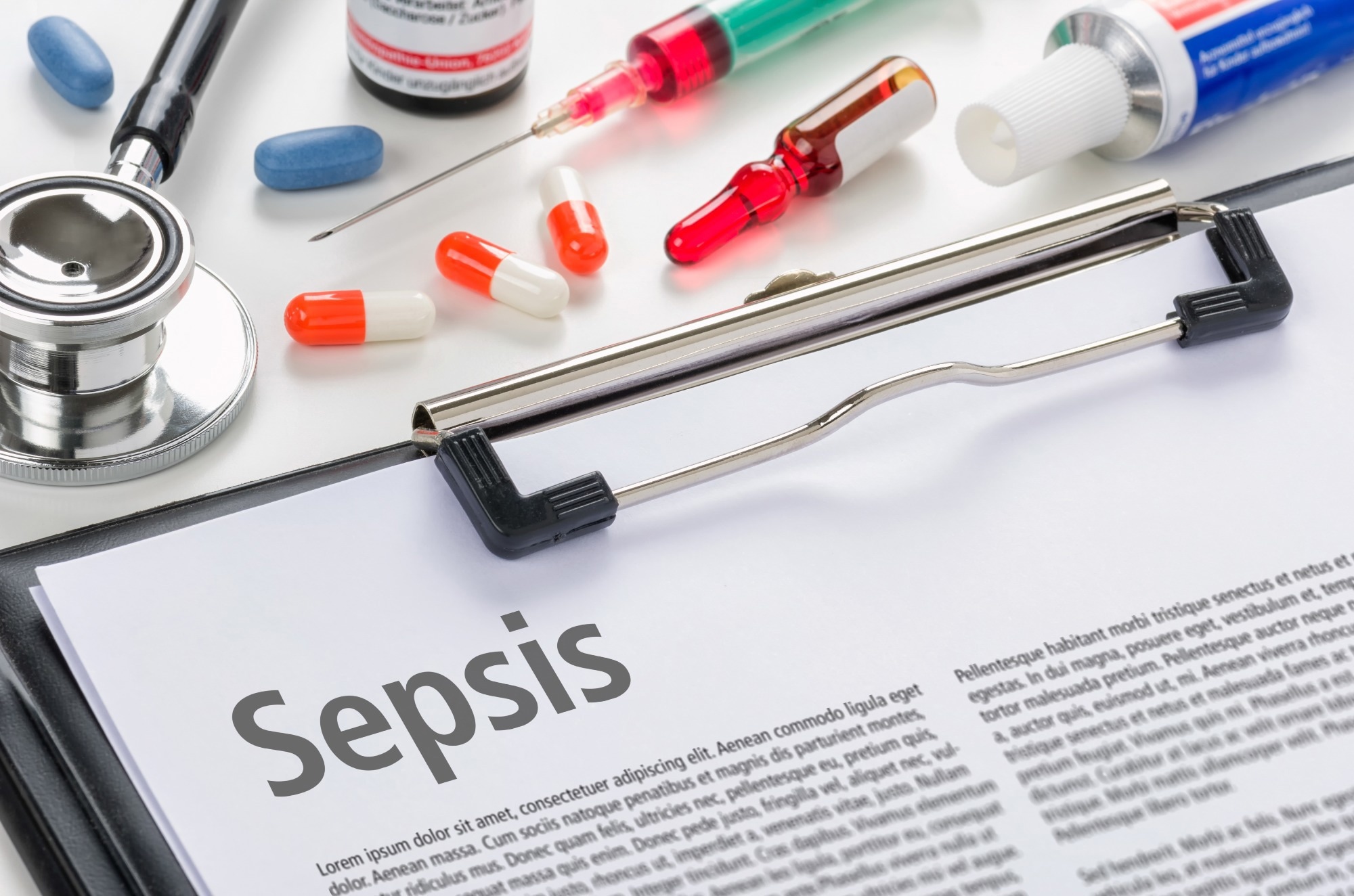In a recent study published in Nutrients, researchers evaluated the impact of deficient serum vitamin D levels on sepsis prognosis.
 Study: Effects of Vitamin D Deficiency on Sepsis. Image Credit: Zerbor/Shutterstock.com
Study: Effects of Vitamin D Deficiency on Sepsis. Image Credit: Zerbor/Shutterstock.com
Background
Sepsis, a potentially fatal illness, is a serious worldwide health problem. Vitamin D insufficiency has been linked to an increase in death rates among older individuals, according to research.
Although vitamin D is important for mineral and bone metabolism, new research has connected it to cancer, viral disorders, autoimmune diseases, cardiovascular disease, and diabetes.
While prior research has connected vitamin D inadequacy to higher mortality among sepsis patients, additional randomized controlled trials have not revealed a meaningful correlation, and there is no evidence stating improvement in sepsis mortality rates following vitamin D supplementation.
About the study
The present study investigated whether vitamin D intake impacted sepsis-related mortality.
The study included 129 individuals with sepsis [Sequential Organ Failure Assessment (SOFA) scores of 2.0 or above according to the Sepsis-3 classification) who were admitted to the emergency department of Korea University’s Ansan Hospital from January 2019 to January of the following year.
Individuals suffering from septic shock required vasopressors to maintain their mean arterial pressure (MAP) at 65 mm Hg and their serological lactate levels ≥2.0 mmol/L.
Participant data extracted included age, gender, Charlson comorbidity index (CCI) levels, and underlying disorders. During the first sepsis diagnosis, SOFA values were determined, and blood samples were obtained for serum lactate, C-reactive protein (CRP), and procalcitonin measurement.
The timing of the first antibiotic administration after the diagnosis of sepsis and the suitability of empirical antibiotic treatment were assessed. The study's outcomes included hospitalization duration and one-week, two-week, four-week, and in-hospital mortality rates.
Vitamin D [25-hydroxy (OH) form of vitamin D] was measured in serum using chemiluminescent microparticle immunoassays. Vitamin D levels under 20 ng per mL indicated deficiency, and below 12.0 ng per mL showed severe deficiency.
Vitamin D levels between 20 and 30 ng per mL indicated insufficiency of vitamin D. The adjusted hazard ratios (aHRs) were calculated after controlling for factors such as age, gender, CCI values, CRP levels, lactate levels, procalcitonin levels, SOFA scores, and the appropriateness and timing of antibiotic therapy initiation.
Results
The median values for participant age, SOFA scores, and vitamin D levels were 74 years, 7.0, and 13.0 ng/mL, respectively. In total, 60 individuals developed septic shock.
Among the participants, 96 individuals (74%) had a deficiency of vitamin D, 62 individuals (48%) were severely vitamin D-deficient, and 19 individuals (92%) had insufficient levels of vitamin D. Forty-six (48%) individuals with deficient vitamin D levels, and 29 (47%) with severe deficiency of the vitamin, developed septic shock.
Among vitamin D-deficient individuals, 42 (44%) were male, and 27 (44%) were male among those with severe vitamin deficiency.
Infections of high grade were reported among 60 (63%) vitamin D-deficient individuals and 36 (38%) severely vitamin D-deficient individuals. Bacteremia was observed among 36 (38%) and 21 (34%) vitamin D-deficient and severely vitamin D-deficient individuals, respectively.
Severely vitamin D-deficient individuals had significantly higher two-week and four-week mortality rates than non-deficient individuals.
In particular, severe deficiency of vitamin D significantly increased the two-week mortality, four-week mortality, and at-hospital mortality, with adjusted hazard ratio (aHR) values of 2.6, 2.3, and 2.1, respectively.
In total, 63 (66%) individuals with deficient serological vitamin D levels and 39 (63%) individuals with severe deficiency of the vitamin had intensive care unit (ICU) admissions. The median CRP levels among those deficient in vitamin D and those with severe deficiency were 10 and 11 mg/dL, respectively.
The corresponding median serological levels of procalcitonin were 1.1 and 0.9 ng/mL, respectively, and median lactate levels were 2.7 and 2.30 mmol/L, respectively.
The median duration for antibiotic initiation was 115 minutes for those with a deficiency of vitamin D and 130 minutes for those with a severe vitamin deficiency; antibiotic treatment was appropriate for 75% and 81% of the corresponding groups, respectively.
All-cause one-week mortality rates were 10% in the sample population, 12% among vitamin D-deficient individuals, 15% among severely vitamin D-deficient individuals, and 11% among those with insufficiency of vitamin D.
The corresponding all-cause two-week mortality rates were 17%, 21%, 25%, and 19%, respectively. The four-week mortality rates were 30%, 32%, 39%, and 30%, respectively.
In the sample population, the at-hospital mortality rates were 28%, 31%, 36%, and 29% among the total sample population, vitamin D-deficient individuals, severely vitamin D-deficient individuals, and individuals with insufficient vitamin D levels, respectively.
The biological basis of vitamin D deficiency's effect on sepsis mortality is unknown. Studies have reported that vitamin D insufficiency reduces the number of vitamin D receptors (VDRs) and anti-inflammatory immune responses.
Vitamin D increased the expression of nucleotide-binding oligomerization domain 2 (NOD2) and toll-like receptor 2 (TLR2) in animal models and triggered anti-bacterial human neutrophil peptides important in adaptive immunity.
Conclusion
Overall, the study findings showed that severe vitamin D deficiency increased sepsis patients' two-week, four-week, and at-hospital death rates, as indicated by higher aHR values than CCI and SOFA values.
Assessing vitamin D levels in sepsis patients may be crucial for the elderly. Severely deficient vitamin D levels may independently impair sepsis-related outcomes.
Further research is required to determine whether vitamin D supplementation for vitamin D-deficient individuals diagnosed with sepsis might enhance bone metabolism and sepsis prognosis.